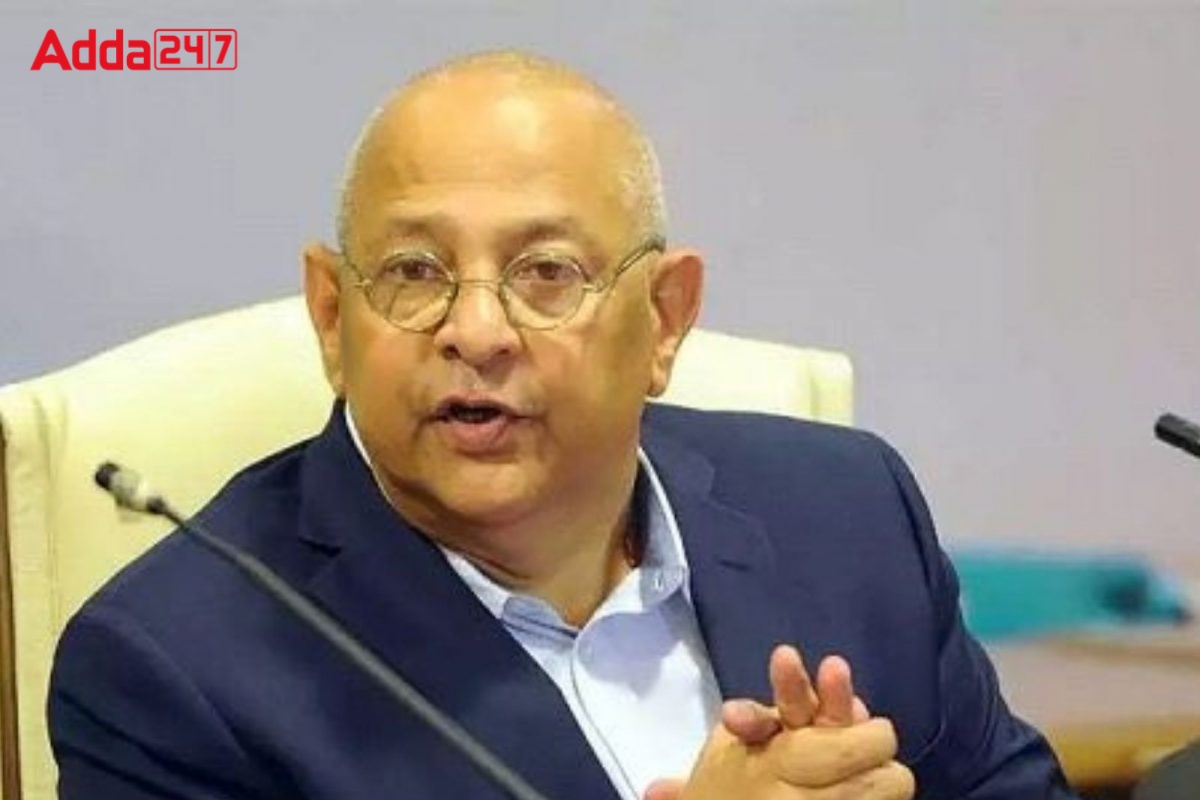
Amitabh Chaudhary the former BCCI acting secretary and president of Jharkhand State Cricket Association (JSCA) has passed away. He served as acting secretary of the BCCI until 2019. He entered cricket administration in 2004 and served as the Jharkhand State Cricket Association (JSCA) president for over a decade.
Buy Prime Test Series for all Banking, SSC, Insurance & other exams
Career of Amitabh Chaudhary:
- Choudhary was first appointed as team manager of the Indian team in 2005 on their tour of Zimbabwe, remembered for the acrimony between Sourav Ganguly and Greg Chappell.
- Choudhary also served as BCCI’s joint-secretary from 2013 to 2015 during Anurag Thakur’s reign as BCCI president.
- He was a retired senior IPS officer, who rose to the rank of IGP with the Jharkhand Police and was the chairman of the Jharkhand Public Service Commission. He played a crucial role in developing infrastructure for Jharkhand cricket.




 The Forgotten Story of Tamils in Moreh: ...
The Forgotten Story of Tamils in Moreh: ...
 Which Country is Known as the Land of Fe...
Which Country is Known as the Land of Fe...
 Simone Tata: The Visionary Behind Lakmé ...
Simone Tata: The Visionary Behind Lakmé ...







